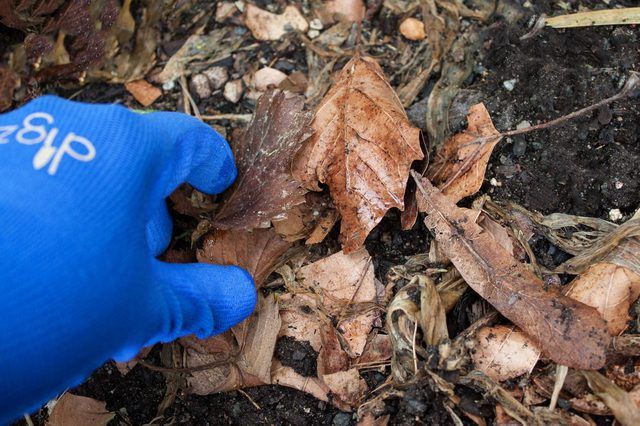Bulbs
Flower Basics
Flower Beds & Specialty Gardens
Flower Garden
Garden Furniture
Garden Gnomes
Garden Seeds
Garden Sheds
Garden Statues
Garden Tools & Supplies
Gardening Basics
Green & Organic
Groundcovers & Vines
Growing Annuals
Growing Basil
Growing Beans
Growing Berries
Growing Blueberries
Growing Cactus
Growing Corn
Growing Cotton
Growing Edibles
Growing Flowers
Growing Garlic
Growing Grapes
Growing Grass
Growing Herbs
Growing Jasmine
Growing Mint
Growing Mushrooms
Orchids
Growing Peanuts
Growing Perennials
Growing Plants
Growing Rosemary
Growing Roses
Growing Strawberries
Growing Sunflowers
Growing Thyme
Growing Tomatoes
Growing Tulips
Growing Vegetables
Herb Basics
Herb Garden
Indoor Growing
Landscaping Basics
Landscaping Patios
Landscaping Plants
Landscaping Shrubs
Landscaping Trees
Landscaping Walks & Pathways
Lawn Basics
Lawn Maintenance
Lawn Mowers
Lawn Ornaments
Lawn Planting
Lawn Tools
Outdoor Growing
Overall Landscape Planning
Pests, Weeds & Problems
Plant Basics
Rock Garden
Rose Garden
Shrubs
Soil
Specialty Gardens
Trees
Vegetable Garden
Yard Maintenance
How to Get Rid of Spider Mites Naturally
How to Get Rid of Spider Mites Naturally. Removing spider mites (*Tetranychidae family*) without killing beneficial insects requires preventative measures, careful management of the garden's environment and natural methods of killing bugs. Spider mites are members of the arachnid family and are related to spiders, scorpions and ticks. Their...
Removing spider mites (Tetranychidae family) without killing beneficial insects requires preventative measures, careful management of the garden's environment and natural methods of killing bugs. Spider mites are members of the arachnid family and are related to spiders, scorpions and ticks. Their webs cover the undersides of the leaves, while the tiny yellowish green or reddish brown pests feed on the plant's juices. Spider mites are less than 1/20 inch and require a magnifying glass to clearly identify the pests.
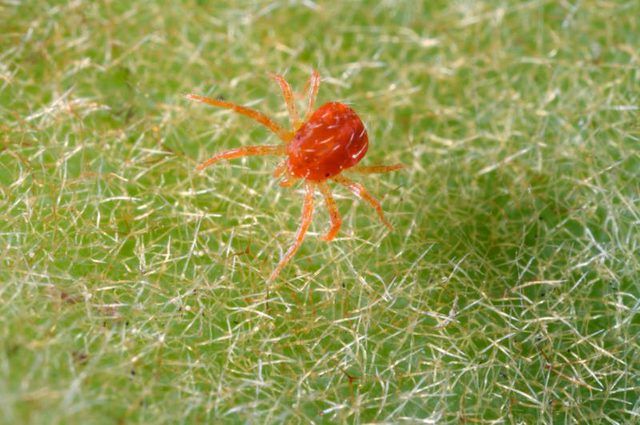
Small infestations of spider mites are controlled by simply spraying the underside of the plant's leaves with a strong stream of water. Once knocked off the plant and unable to feed on the plant's juices, the larvae and adults die. Regularly spraying plants and trees with water, especially in midsummer, disrupts the protective webs, reduces the mite population and helps prevent damage to the foliage. Spider mites thrive in hot, dry and dusty conditions when the plants are water-stressed, so watering the garden regularly also helps discourage the pests. Most plants require 1 inch of water per week, or 6 gallons of water for every square yard of soil.
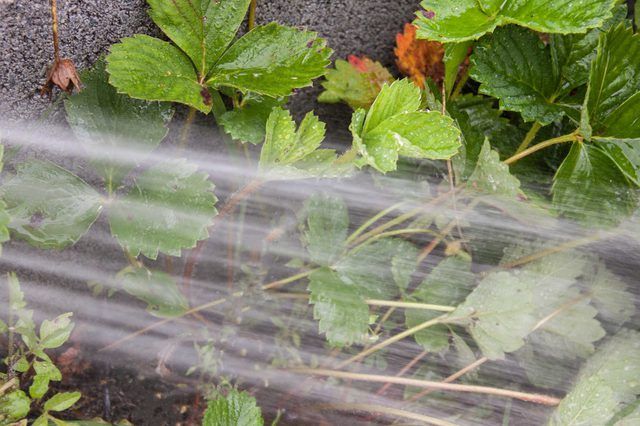
Using natural methods to control spider mites while avoiding pesticides encourages predators to feed on the tiny pests. Insecticides kill the beneficial bugs as well as the pests. Instead, water regularly to increase the humidity in the garden, which benefits predators such as the western predatory mite (Galendromus occidentalis), sixspotted thrips (Scolothrips sexmaculatus), spider mite destroyer lady beetle (Stethorus picipes) and green lacewing larvae (Chrysopa spp.). While releasing western predatory mites or lady bugs in the garden helps reduce large populations of spider mites, if there aren't enough pests to feed the predators, they may move on in search of food.
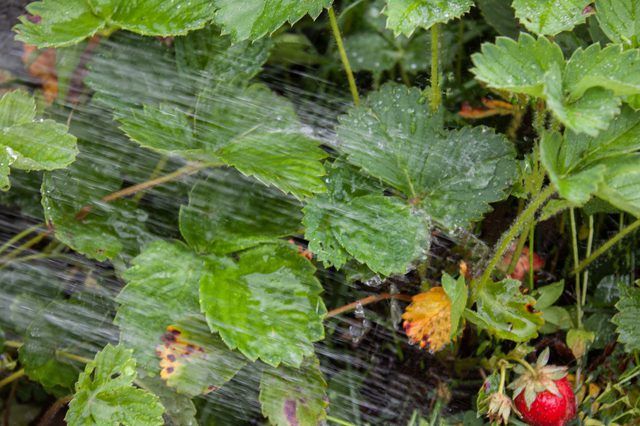
When releasing predatory bugs is not practical, natural pesticides kill the spider mites on contact. A ready-to-use neem oil spray applied liberally to the infested leaves, until the spider mites and webs are soaked, kills the pests. Repeat every seven to 14 days until the pests are gone. Avoid applying neem oil when temperatures are above 90 degrees Fahrenheit. Neem oil is made from the neem seed and is 100 percent organic. It may be used up to the day of harvest when applied to fruits and vegetables.
Alternately, spinosad is made from a naturally occurring soil bacterium. Mix 1/2 tablespoon of concentrate with 1 pint of water, or 4 tablespoons with 1 gallon of water. Spray the top and bottom of the plant's leaves until the webs and spider mites are soaking wet. Apply every seven to 10 days until the spider mites disappear.
Always put on gloves, safety glasses and a mask before mixing and applying any type of pesticide to protect your skin, eyes and lungs.
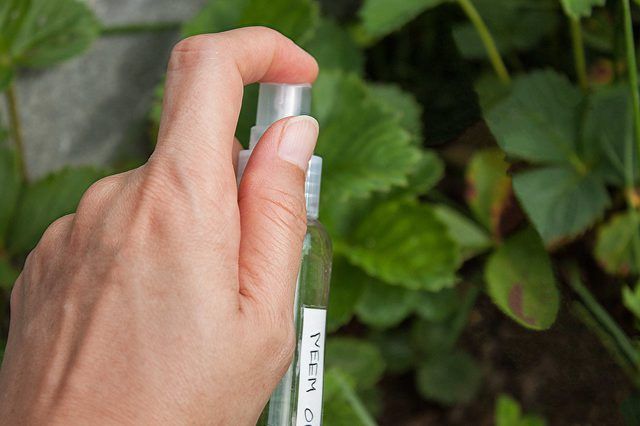
Prevent future infestations of spider mites by removing fallen leaves and old mulch from under perennials, shrubs and trees. Spider mite females or their eggs, depending on the species, overwinter in the litter, mulch and in crevices in tree and shrub bark. Raking up the litter and replacing old mulch with fresh mulch removes the hidden pests and eggs. Monitoring plants in spring and applying water sprays or natural pesticides when the first webs appear dramatically reduce the spider mite population before the pest population explodes during hot summer months.
